Thailand Laser Skin Guide: Cost, Benefits, Clinics
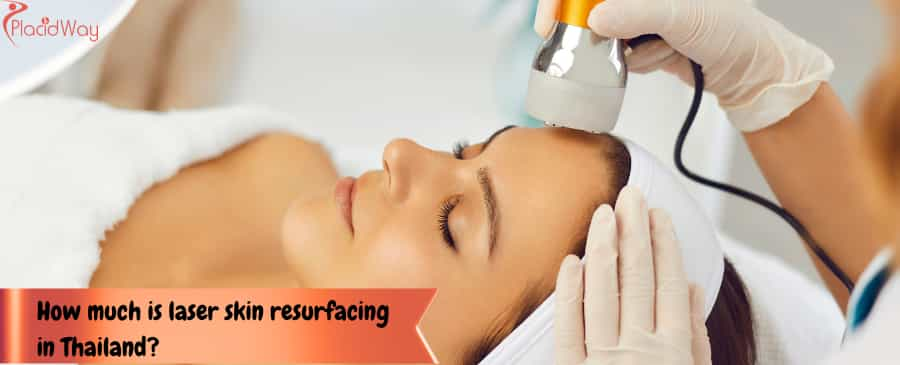
Thinking about laser skin resurfacing in Thailand? You're not alone! This popular cosmetic procedure can address a multitude of skin concerns, from fine lines and wrinkles to acne scars and uneven skin tone, leaving you with a smoother, more youthful complexion. Thailand has become a leading destination for high-quality and affordable laser skin resurfacing, attracting individuals from all over the globe.
This comprehensive guide will answer your most pressing questions about laser skin resurfacing in Thailand. We'll delve into costs, types of treatments, what to expect, safety, and much more, helping you make an informed decision. Get ready to explore how laser skin resurfacing in Thailand can help you achieve your skincare goals.
What is Laser Skin Resurfacing?
"Laser skin resurfacing is a cosmetic procedure that uses concentrated beams of light energy to remove damaged outer layers of skin or stimulate collagen production in deeper layers, promoting new, healthier skin growth."
Essentially, laser skin resurfacing works by creating a controlled injury to the skin. This prompts the body's natural healing process, which includes the production of new collagen and elastin – the building blocks of firm, smooth skin. Depending on the type of laser used, the treatment can be ablative (removing the outer layer of skin) or non-ablative (heating the underlying skin tissue without harming the surface). This versatility allows dermatologists to tailor the laser skin resurfacing treatment to your specific skin concerns and desired outcome.
The procedure can effectively target a wide range of issues, including:
- Fine lines and wrinkles
- Acne scars
- Surgical scars
- Sun damage and age spots
- Uneven skin tone and texture
- Enlarged pores
- Warts
- Some birthmarks
How Much Does Laser Skin Resurfacing Cost in Thailand?
"The cost of laser skin resurfacing in Thailand typically ranges from $100 USD (around 3,000 THB) to $800 USD (around 24,000 THB) or more per session, depending on the type of laser, the size of the area being treated, the clinic's reputation, and the dermatologist's experience."
Several factors can influence the final price of laser skin resurfacing in Thailand. CO2 laser treatments, which are often more intensive, may start from around 4,500 THB (approximately $150 USD) for specific concerns like acne scars, with full-face treatments potentially costing more. Fraxel laser treatments can range from 4,000 THB to 30,000 THB (around $130 to $1000 USD) per session. For example, a single session for acne scars might be around $257 USD on average, with prices potentially varying between $100 and $399 USD.
It's crucial to have a consultation with a reputable clinic to get an accurate quote based on your individual needs. Some clinics may offer package deals for multiple sessions, which can sometimes be more cost-effective. Remember that the cheapest option isn't always the best; prioritize safety, expertise, and the quality of the equipment and facility.
What are the Different Types of Laser Skin Resurfacing Available in Thailand?
"Thailand offers a variety of laser skin resurfacing technologies, including ablative lasers like CO2 and Erbium lasers, and non-ablative lasers like Fraxel, IPL (Intense Pulsed Light), and Picosecond lasers."
Understanding the different types of laser skin resurfacing can help you discuss your options with a dermatologist:
Ablative Lasers:
- CO2 Lasers: These are often considered the gold standard for treating deeper wrinkles, significant sun damage, scars (including acne scars), and warts. CO2 laser skin resurfacing in Thailand involves removing thin layers of skin. While highly effective, they typically involve a longer recovery period.
- Erbium Lasers: Erbium lasers are also ablative but are generally gentler than CO2 lasers. They are effective for more superficial concerns like fine lines, mild sun damage, and minor scars, and usually have a shorter downtime.
Non-Ablative Lasers:
- Fraxel Laser: This is a fractional laser, meaning it treats only a fraction of the skin at a time, leaving surrounding tissue intact. This promotes faster healing. Fraxel can be both ablative and non-ablative and is effective for improving skin texture, tone, fine lines, wrinkles, and acne scars. Fraxel laser in Thailand is a popular choice.
- IPL (Intense Pulsed Light): While not technically a laser, IPL devices use broad-spectrum light to treat pigmentation issues like sun spots, freckles, and redness, as well as mild signs of aging.
- Picosecond Lasers: These lasers deliver energy in ultra-short pulses, making them effective for tattoo removal, pigmentation issues, and skin revitalization with minimal heat damage to surrounding tissues.
Fractional Lasers: As mentioned with Fraxel, fractional technology can be applied to both ablative and non-ablative lasers. It creates microscopic treatment zones, leading to quicker recovery compared to fully ablative treatments.
The best type of laser skin resurfacing in Thailand for you will depend on your skin type, concerns, desired results, and tolerance for downtime.
What are the Benefits of Laser Skin Resurfacing in Thailand?
"The benefits of laser skin resurfacing in Thailand include improved skin tone and texture, reduction of fine lines and wrinkles, diminished appearance of scars and sun damage, and an overall more youthful and rejuvenated complexion, often at a more affordable cost than in many Western countries."
Beyond the significant cost savings, undergoing laser skin resurfacing in Thailand offers several advantages:
- Effective Results: Laser treatments can produce noticeable and lasting improvements in various skin concerns.
- Stimulates Collagen Production: By promoting collagen, laser skin resurfacing helps to firm and plump the skin naturally.
- Addresses Multiple Concerns: It's a versatile treatment that can tackle everything from signs of aging to scarring and pigmentation.
- High Standards of Care: Many clinics in Thailand catering to international patients boast modern facilities, advanced technology, and experienced, often internationally trained, dermatologists.
- Opportunity for a Medical Holiday: Combine your treatment with a relaxing vacation in a beautiful country.
What Should I Expect During a Laser Skin Resurfacing Consultation in Thailand?
"During a laser skin resurfacing consultation in Thailand, expect a thorough skin examination, a discussion of your medical history and aesthetic goals, an explanation of suitable laser options, potential risks and benefits, and a detailed cost breakdown."
The initial consultation is a critical step. Your dermatologist will:
- Assess your skin type and condition.
- Discuss your concerns and what you hope to achieve with laser skin resurfacing.
- Review your medical history, including any medications you're taking or pre-existing conditions.
- Recommend the most appropriate type of laser treatment for you.
- Explain the procedure in detail, including what to expect during and after treatment.
- Outline the potential risks and side effects.
- Discuss the expected recovery time and aftercare instructions.
- Provide a clear quotation for the treatment.
- A patch test may be performed to see how your skin reacts to the laser.
This is your opportunity to ask any questions you have. Ensure you feel comfortable with the dermatologist and understand all aspects of the proposed treatment plan.
How Do I Prepare for Laser Skin Resurfacing in Thailand?
"To prepare for laser skin resurfacing in Thailand, you'll typically be advised to avoid sun exposure, certain medications (like blood thinners), and some skincare products (like retinoids) for a specified period before the treatment, and to arrange for post-treatment care."
Your clinic will provide specific pre-treatment instructions, which may include:
- Sun Avoidance: Minimize sun exposure for at least 4 weeks before your procedure and use a broad-spectrum sunscreen with SPF 30 or higher daily. Tanned skin can increase the risk of complications.
- Medication Adjustments: You might need to stop taking certain medications, such as aspirin, ibuprofen, or vitamin E, which can increase bleeding risk. Inform your doctor about all medications and supplements you use.
- Skincare Product Restrictions: You may be asked to discontinue using products containing retinoids or glycolic acid for a week or two before treatment, as they can make your skin more sensitive.
- Antiviral Medication: If you have a history of cold sores, your doctor may prescribe an antiviral medication to prevent an outbreak.
- Arrange for Downtime: Depending on the intensity of the laser, you'll need some recovery time. Plan your schedule accordingly.
- No Smoking: Smoking can impair healing, so it's generally advised to quit or at least stop for a period before and after the procedure.
- Stay Hydrated and Eat Well: Good overall health supports better healing.
Following these guidelines diligently will help ensure a safer procedure and optimal results from your laser skin resurfacing in Thailand.
Is Laser Skin Resurfacing Painful?
"The level of discomfort during laser skin resurfacing varies depending on the type of laser, the depth of treatment, and individual pain tolerance; however, clinics in Thailand typically use topical anesthetics or cooling devices to minimize pain, and some procedures may feel like a rubber band snapping against the skin or a warm sensation."
For more intensive ablative treatments, local anesthesia or even light sedation might be used. Non-ablative lasers generally cause less discomfort. Many patients describe the sensation as a series of tiny pinpricks or a warm, tingling feeling.
Your dermatologist will discuss pain management options with you. Post-treatment, you might experience a sensation similar to a sunburn, which can usually be managed with cool compresses and prescribed or recommended skincare. It's rare for patients to need strong pain relief medication after most laser skin resurfacing procedures.
What is the Recovery Process Like After Laser Skin Resurfacing in Thailand?
"Recovery after laser skin resurfacing in Thailand involves a healing period where the skin may be red, swollen, and feel like a sunburn; this can last from a few days for non-ablative treatments to 2-3 weeks for more intensive ablative lasers, with specific aftercare instructions provided by the clinic."
The initial recovery phase (first 24-72 hours) often involves redness, swelling, and a sensation similar to a sunburn. For ablative lasers, your skin will then typically crust or peel over the next 5-7 days as the new skin underneath regenerates. Non-ablative laser recovery is usually quicker, with redness and mild swelling subsiding within a few days.
Typical aftercare instructions include:
- Gentle Cleansing: Cleaning the treated area several times a day with a saline or diluted vinegar solution (as recommended by your doctor) to prevent infection and remove debris.
- Moisturizing: Applying a prescribed ointment or a thick, gentle moisturizer frequently to keep the skin hydrated and aid healing. Petroleum jelly is often recommended initially.
- Cool Compresses: Using cool compresses to reduce swelling and discomfort.
- Sun Protection: Strict sun avoidance is crucial. Once the skin has healed, daily use of a broad-spectrum sunscreen with SPF 30 or higher is essential to protect the new, sensitive skin and maintain results.
- Avoiding Harsh Products: Refraining from using makeup, retinoids, or glycolic acid until your doctor gives the okay.
- Elevating the Head: Sleeping with an extra pillow can help reduce swelling, especially for facial treatments.
- Avoiding Picking or Scratching: It's vital not to pick at any crusts or scabs, as this can lead to scarring.
Full healing and the appearance of final results can take several weeks to months, as collagen remodeling continues.
How Long Do the Results of Laser Skin Resurfacing Last?
"The results of laser skin resurfacing can be long-lasting, often for several years, especially with proper skincare and sun protection; however, the natural aging process will continue, and maintenance treatments may be desired in the future."
For issues like scarring, the results can be considered permanent, as the scar tissue is remodeled. For signs of aging like wrinkles and sun damage, the improvements can last for three to five years or even longer.
To prolong the benefits of your laser skin resurfacing in Thailand:
- Consistent Sun Protection: This is the most critical factor. UV exposure is a primary cause of skin aging and can reverse the benefits of your treatment.
- Healthy Skincare Routine: Use quality skincare products suited to your skin type, including antioxidants and retinoids (once your skin has fully healed and as advised by your dermatologist).
- Healthy Lifestyle: A balanced diet, adequate hydration, not smoking, and managing stress can all contribute to healthier skin.
- Maintenance Treatments: Some people opt for less intensive touch-up treatments periodically to maintain their results.
What are the Potential Risks and Side Effects of Laser Skin Resurfacing?
"Potential risks of laser skin resurfacing, though generally low when performed by a qualified professional, include temporary redness, swelling, itching, acne flares, milia (small white bumps), infection, changes in skin pigmentation (hyperpigmentation or hypopigmentation), and, rarely, scarring or burns."
Choosing an experienced and board-certified dermatologist in Thailand significantly minimizes these risks. Common, temporary side effects include:
- Redness and swelling (like a sunburn)
- Itching or stinging
- Dryness and peeling
More serious but less common risks:
- Infection: Bacterial, viral (e.g., reactivation of herpes simplex/cold sores), or fungal. Antibiotics or antiviral medication may be prescribed preventatively.
- Changes in Skin Color: Treated skin may become darker (hyperpigmentation) or lighter (hypopigmentation). This is more common in individuals with darker skin tones.
- Scarring: Though rare, it is a possibility, especially if aftercare instructions are not followed or if you have a history of keloid scarring.
- Burns or Blisters: Possible if the laser is used improperly.
- Prolonged Redness: In some individuals, redness can persist for several months.
- Milia: Small, temporary white bumps that can appear during the healing phase.
Discuss your individual risk factors with your dermatologist during the consultation.
How Do I Choose a Good Clinic and Dermatologist for Laser Skin Resurfacing in Thailand?
"To choose a good clinic for laser skin resurfacing in Thailand, look for facilities with internationally recognized accreditations, experienced and board-certified dermatologists specializing in laser treatments, positive patient reviews, modern equipment, and clear communication."
Here are key factors to consider:
- Dermatologist's Credentials and Experience: Verify the dermatologist's qualifications, board certifications (Thai and potentially international), and specific experience with the type of laser treatment you are considering. Ask how many laser skin resurfacing procedures they have performed.
- Clinic Accreditation and Reputation: Look for clinics that meet international healthcare standards. JCI (Joint Commission International) accreditation is a good indicator of quality and safety. Read online reviews and testimonials from previous patients.
- Technology and Equipment: Ensure the clinic uses up-to-date, well-maintained laser technology.
- Consultation Process: A thorough consultation where all your questions are answered, and you don't feel rushed is a good sign.
- Before and After Photos: Reputable clinics will be able to show you examples of their previous work with laser skin resurfacing.
- Communication: Ensure the staff and dermatologist can communicate clearly in a language you understand.
- Pricing Transparency: Get a detailed breakdown of all costs involved, including consultation fees, the procedure itself, anesthesia, and any follow-up care.
- Location and Accessibility: Consider the clinic's location and ease of access, especially for follow-up appointments if needed.
Is Laser Skin Resurfacing in Thailand Safe?
"Yes, laser skin resurfacing in Thailand is generally safe when performed by qualified and experienced dermatologists in reputable clinics that adhere to international safety standards and use modern, well-maintained equipment."
Thailand has a well-developed medical tourism industry, and many clinics cater to international patients with high standards of care. However, like any medical procedure, there are inherent risks. The key to ensuring safety is thorough research.
To maximize safety:
- Choose a board-certified dermatologist in Thailand.
- Select a clinic with a strong reputation and, ideally, international accreditation.
- Be honest and thorough about your medical history during the consultation.
- Follow all pre- and post-procedure instructions carefully.
- Ensure the clinic uses FDA-approved (or equivalent) laser devices.
Can Laser Skin Resurfacing Treat Acne Scars in Thailand?
"Yes, laser skin resurfacing is an effective treatment for reducing the appearance of acne scars in Thailand, with options like CO2 lasers and Fraxel lasers being commonly used to smooth out scarred tissue and stimulate collagen production."
The type of laser used will depend on the type and severity of your acne scars (e.g., boxcar, rolling, ice pick scars). Ablative lasers like CO2 can provide significant improvement for deeper scars, while fractional lasers offer good results with less downtime for more superficial scarring. Several sessions are often needed for optimal results. The cost of laser treatment for acne scars in Thailand can start from around $77-$100 USD per session, but a full treatment plan will vary.
Can Laser Skin Resurfacing Reduce Wrinkles in Thailand?
"Absolutely, laser skin resurfacing in Thailand is a popular and effective method for reducing fine lines and deeper wrinkles by removing damaged outer skin layers and stimulating new collagen growth, leading to smoother, tighter skin."
Both ablative (like CO2 and Erbium) and non-ablative/fractional lasers (like Fraxel) can significantly improve the appearance of wrinkles. Ablative lasers generally provide more dramatic results for deeper wrinkles but come with more downtime. Non-ablative lasers offer a gentler approach with less recovery, suitable for finer lines and overall skin rejuvenation. The cost for wrinkle treatment using lasers in Thailand can range significantly, often from a few thousand Baht to tens of thousands, depending on the laser and treatment area.
What Qualifications Should Dermatologists in Thailand Have for Laser Resurfacing?
"Dermatologists performing laser skin resurfacing in Thailand should be board-certified by the Medical Council of Thailand. Many will also have additional training or certifications in cosmetic dermatology and laser procedures, sometimes from international institutions."
Look for a dermatologist who specializes in dermatology and has specific training and extensive experience in performing various types of laser treatments. They should be able to explain the science behind the lasers, assess your suitability for the procedure accurately, and manage any potential complications. Don't hesitate to ask about their qualifications and experience directly. Clear communication in English or your native language (or via a reliable translator) is also crucial.
Are There Alternatives to Laser Skin Resurfacing in Thailand?
"Yes, alternatives to laser skin resurfacing available in Thailand include chemical peels, microneedling (sometimes with radiofrequency like Morpheus8), dermabrasion, and topical treatments like retinoids, though these may offer different degrees of improvement and are suited for different concerns."
- Chemical Peels: Use a chemical solution to remove outer skin layers, effective for mild sun damage, fine lines, and some types of acne.
- Microneedling: Uses fine needles to create micro-injuries, stimulating collagen. Effective for texture, scars, and fine lines.
- Morpheus8: Combines microneedling with radiofrequency energy to remodel and contour the face and body, improving skin laxity and texture.
- Dermabrasion: A more invasive procedure that sands down the outer skin layer, typically used for deeper scars or wrinkles.
- Topical Treatments: Prescription retinoids can improve fine lines, pigmentation, and texture over time but offer less dramatic results than procedural interventions.
Discuss these alternatives with a dermatologist in Thailand to determine the best approach for your specific skin goals.
Can I Combine Laser Skin Resurfacing with Other Treatments in Thailand?
"Yes, it's often possible to combine laser skin resurfacing with other cosmetic treatments in Thailand, such as Botox, dermal fillers, Ultherapy, or Thermage, to achieve more comprehensive facial rejuvenation; however, the timing and suitability of combined treatments should be determined by your dermatologist."
For example, Botox can address dynamic wrinkles caused by muscle movement, while fillers can restore lost volume. Laser resurfacing improves skin quality, texture, and static wrinkles. Combining these can lead to synergistic effects. However, there will usually be a recommended waiting period between different types of treatments to allow the skin to heal and to avoid complications. Always consult with your dermatologist about the best treatment plan if you're considering multiple procedures.
Ready to explore how laser skin resurfacing in Thailand can transform your skin? PlacidWay can help you connect with leading clinics and experienced dermatologists in Thailand. Explore your options for radiant, rejuvenated skin today!


.png)








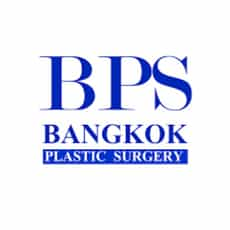
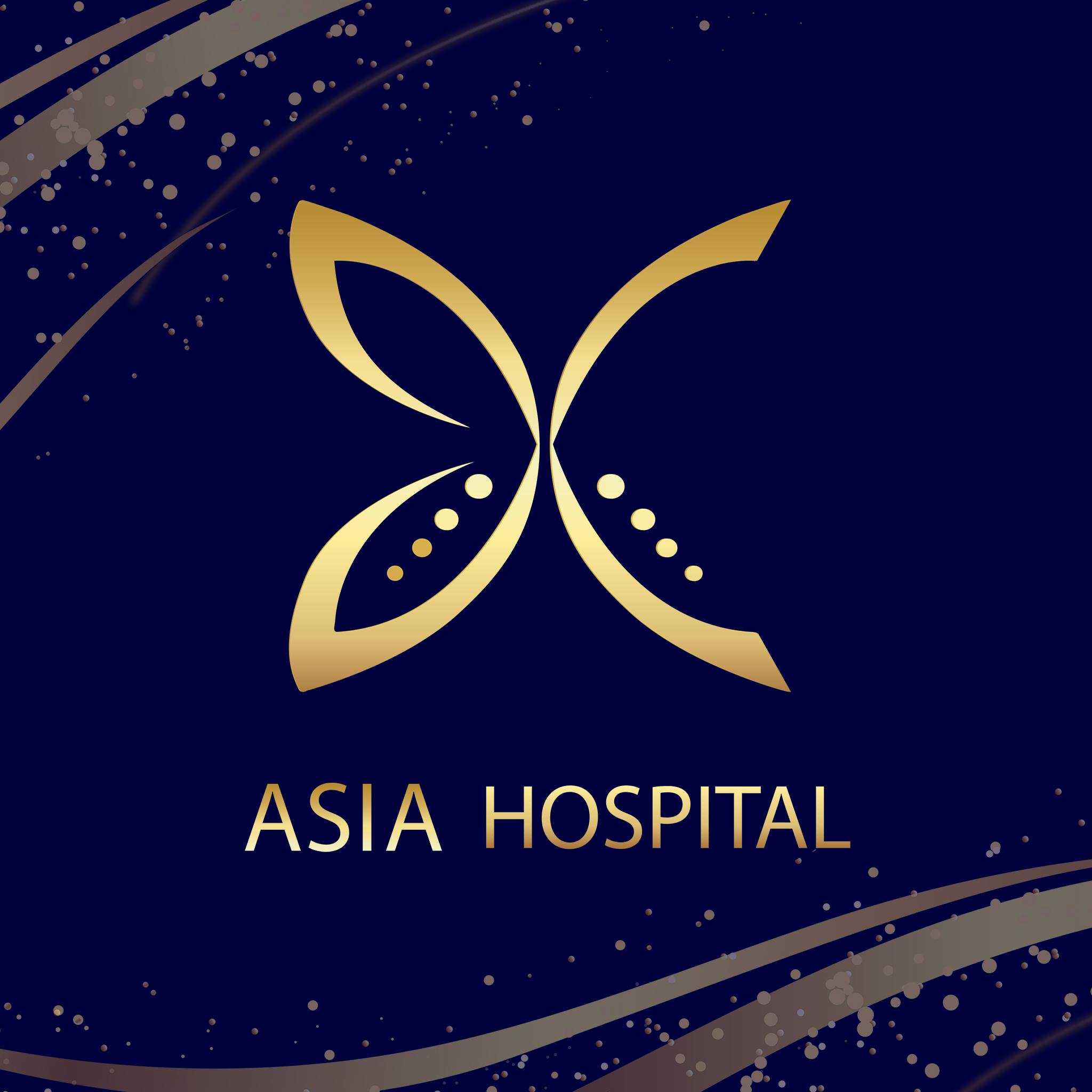
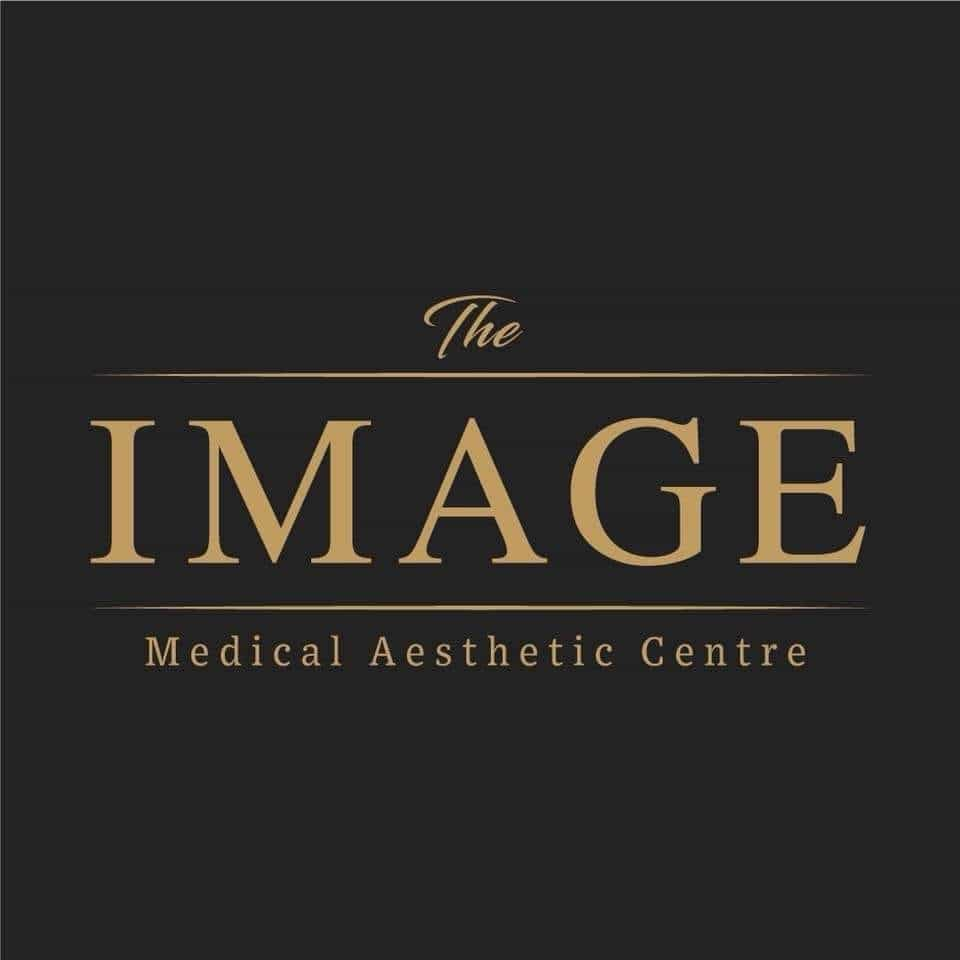
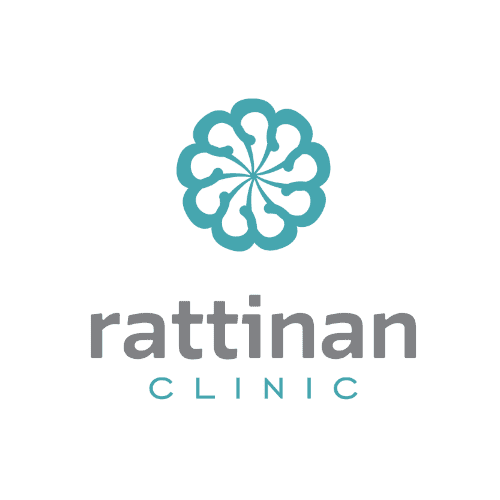
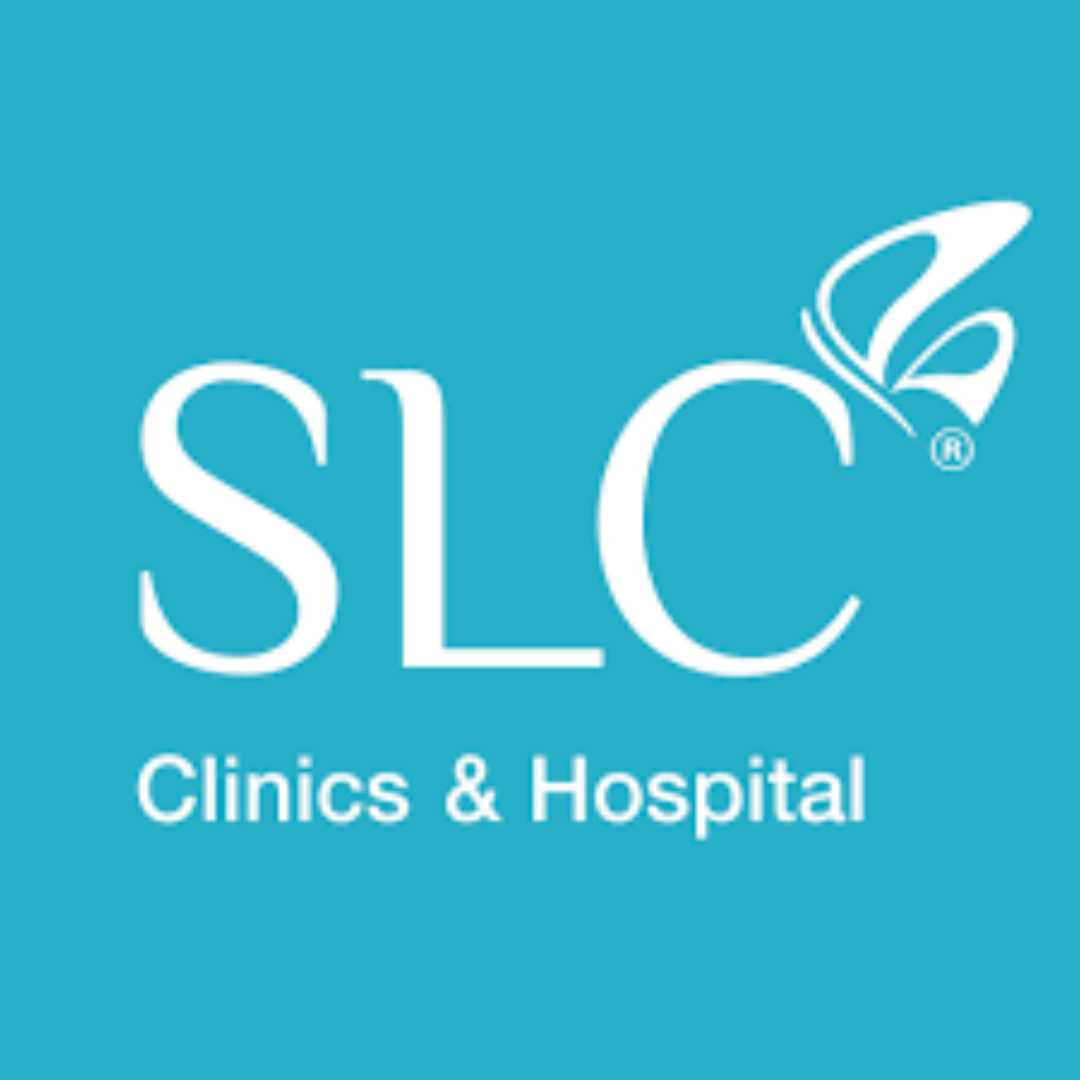

Share this listing